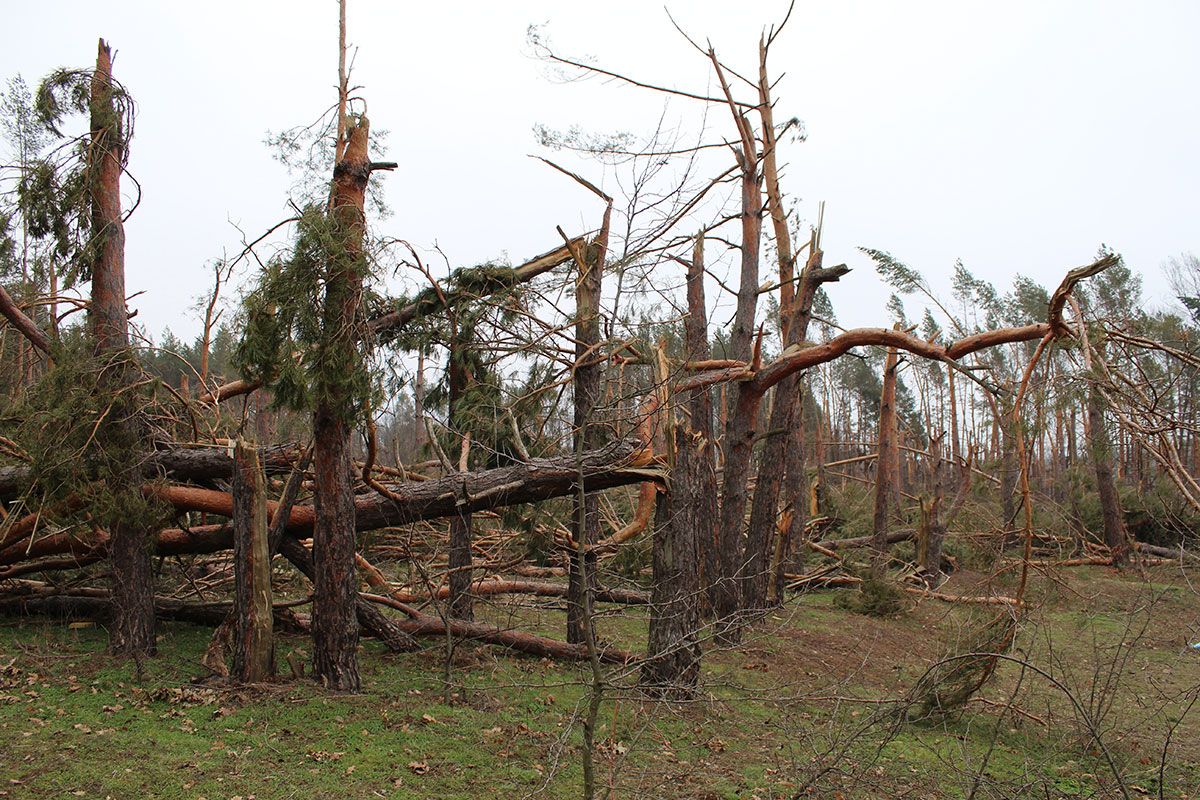
Gone with the wind
The UK is currently being battered by several days of heavy, gusting wind. Whilst this might be good for kites, drying clothes and maybe cutting travel time on flights; it doesn’t always bode well for our homes and gardens. We’re looking at the areas where you might need to think about maintenance or repairs in light of this blowing concern.

Fences
Fences can be particularly vulnerable in high winds. They’re lightweight, and given their size and construction, easily catch the wind, acting like a sail.
Often the first thing householders spot after a gale is that their fence panels have popped out, allowing easy access to their neighbours! Usually, fence panels can be picked up (carefully, once the wind has died down) and slotted back in to place.
Sometimes though, these heavy winds can damage panels beyond repair, or even cause their posts to be moved if their foundations are not suitable, or have begun to deteriorate (particularly where wooden posts are set directly in to the ground). In these cases, it’s often preferable to call in a handyman or gardener/landscaper to assist in either repairing damage, or in some cases installing new fencing.
Roofs
Roofs are again a common area of concern in high winds. Naturally, being as exposed as they are, at height where wind speed usually increases, roofs can be susceptible to more damage.
In terms of ‘whole’ roofs, lightweight and/or low-pitched roofs are most at risk; where they can suffer from uplift (a phenomenon caused by the variation in air pressure above and below the roof). Whilst winds that can tear off whole roofs are uncommon, there is always a risk.
More likely, however, is the chance of tiles or slates being either damaged or dislodged. In itself, falling debris is of course a danger to anyone or thing below. Should you spot missing slates or tiles, the roof is then also at risk of allowing water ingress; with the potential for water damage to building fabric including rafters and joists; and beyond.
With wind of course, often comes rain! With heavy winds really driving rain, water ingress can also occur through detailing areas such as lead flashing, felt laps or abutments with walls. It is highly common to hear homeowners complaining that they only see evidence of fresh leaks ‘when the wind blows this way’ – this is a common indicator or damage to these details failing.

Aerials and Chimneys
Whilst you’re looking upwards, other areas of your home that are situated at height might also need to come under scrutiny. Chimneys and aerials are the most common components that might struggle in the wind.
Much like the sound of rigging blowing around a marina, walk down any residential road and it won’t surprise you to hear (and then see) an aerial that has broken free of its fixings; particularly in this digital age where it might not still be in use and thus doesn’t affect signal. Whilst it might not impact on your viewing pleasures, this lump of metal sliding around your roof is doing damage to the slates or tiles, which could result in a far more costly repair being required.
Again, at the more extreme end of the spectrum, chimneys have been known to to succumb to heavy winds, leaving in its wake an expensive remedial repair, and again the potential for damage to anything in the chimney’s path when it comes down! Given their role for a house, and the increase in the use of wood burners, chimneys are now commonly in use again, and as such, the risk of a fire being cause by their deconstruction is again a significant concern (along with getting it swept regularly). Possibly the most important consideration is to ensure that the construction is sound; pointing is possibly the key consideration in ensuring that it is sound. Given their structure and location, chimneys also often feature a lot of flashing detail, which as we know can be susceptible to failure and allowing additional damage to occur.
Trees
Sadly gardens do suffer from the wind too; and particularly susceptible are our trees.
Good maintenance should ensure that we keep trees in fine fettle. Make sure that you keep questionable limbs in check, trimming back, or removing any which look damaged or even likely to cause damage should they break in heavy winds. Not only will this protect your trees, but it will also ensure that you can protect your wider property. Delimbing, or even removing whole trees is not for the faint-hearted though, and it is generally better to call in the experts for this type of work to ensure your safety.
Whilst we always try to maintain our homes proactively; it’s not always possible, and events such as the current poor weather can catch us off-guard. If ever you need help for roofing, fencing or landscaping issues, be sure to call Infinity Home Services on 0800 148 8088 or complete the form below.